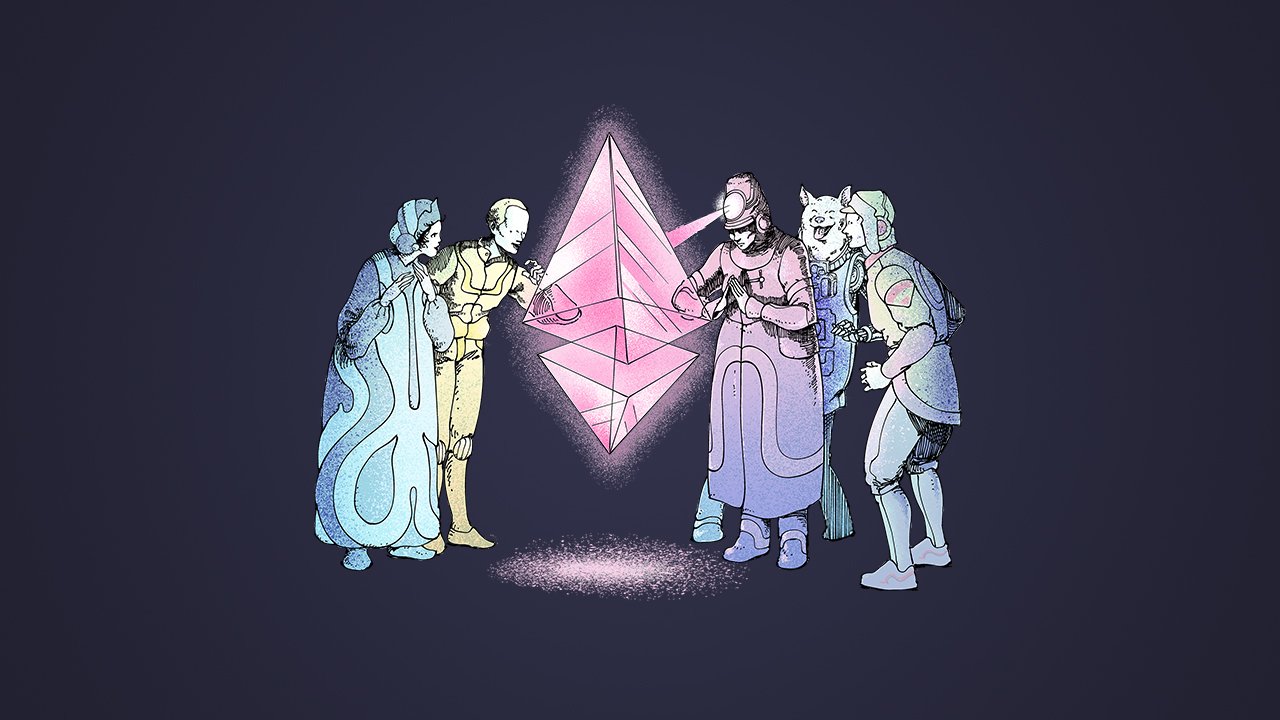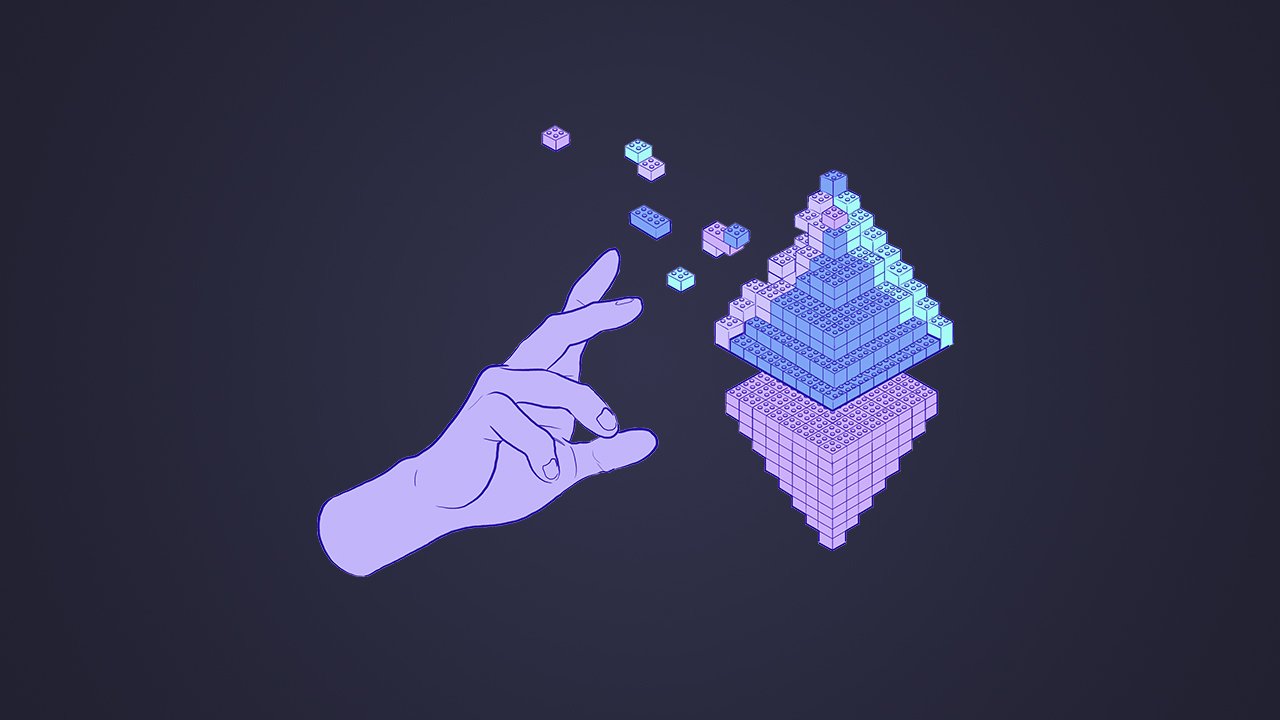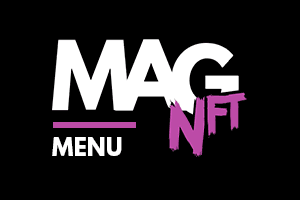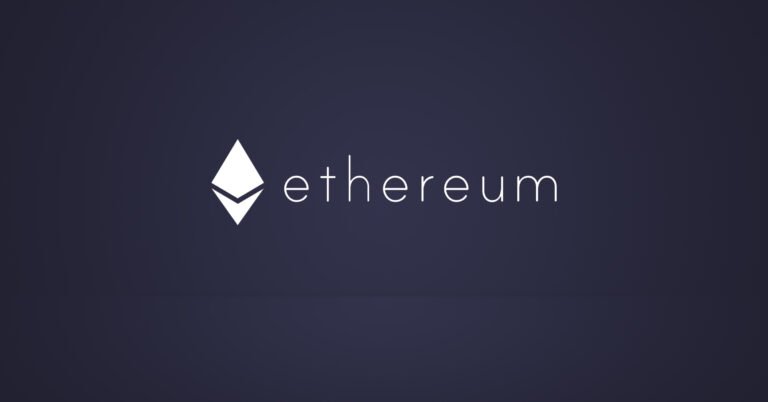Bitcoin started the blockchain industry, but one chain pushed its potential to a whole new level: Ethereum blockchain.
Ethereum was the first blockchain to support smart contracts, and therefore decentralized applications (dApps). Today, Ethereum powers many aspects of web3, including NFTs, blockchain gaming, DeFi and more.
Almost 10 years after it began, Ethereum continues to improve on speeds, reliability and costs – but how has it become the giant it is today?
Let’s take a look in our 2025 guide to the Ethereum blockchain.

What is Ethereum?
The idea for Ethereum comes from Vitalik Buterin, a talented programmer and co-founder of Bitcoin Magazine, who publishing the initial whitepaper in 2013.
After crowdfunding $18M in Bitcoin in 2014, Buterin worked alongside a team of enthusiasts – such as Gavin Wood, Charles Hoskinson, Anthony Di Iorio and Joseph Lubin – launching the Ethereum blockchain on July 30, 2015.
As the first blockchain that supported the development of decentralized applications (dApps), Ethereum quickly gained popularity. It’s native token, Ether (ETH), become the world’s second-largest cryptocurrency – a position it still holds today.
The popularity of Ethereum led to the development of many major apps, such as OpenSea, Uniswap and MakerDAO (now Sky). As the use cases of the technology grew, Ethereum was the first blockchain to see Layer-2 protocols, such as Polygon and Immutable, allowing areas such as blockchain gaming to see tailored support.
Today, Ethereum continues to work on fortifying their long-term goals, such as improved decentralization, better scalability, and lower costs.

Why is Ethereum important?
Ethereum’s key innovation is the Ethereum Virtual Machine (EVM), a system that allows developers to write and deploy smart contracts using the programming language Solidity.
These smart contracts can be combined to create dApps, allowing users to perform complex transactions via a simple, user-friendly UI.
On Ethereum, each transaction requires computational power to complete. Users must pay a Gas fee (in ETH) to cover the cost of this power. The amount of gas required depends on the size of the transaction, and how busy the Ethereum network is at the time.
In late 2017, CryptoKitties – the first blockchain game – slowed Ethereum to a crawl, and sent gas fees soaring. Since then, Ethereum has focused on improving speeds, reliability and costs – with the transition from the Proof-of-Work to Proof-of-Stake in September 2022 making great strides towards this aim.
Ethereum is the beating heart of much of the blockchain industry, including sectors such as decentralized finance (DeFi), blockchain gaming, decentralized autonomous organizations (DAOs), and more.

Ethereum’s journey so far
Vitalik Buterin published the first Ethereum whitepaper in late 2013. After it gained popularity, and $18M in Bitcoin was raised for its development, the Ethereum mainnet went live on July 30, 2015.
2016 saw Ethereum’s first major exploit. The smart contract of The DAO was compromised, resulting in the loss of $50 million USD of ETH. In response, the community voted for a hard fork, creating two separate blockchains: Ethereum (ETH) and Ethereum Classic (ETC).
Ethereum saw heavy congestion in 2017, leading to the creations of dedicated Layer-2 blockchains such as Polygon and Immutable, and inspiring a new generation of Layer-1 blockchains, such as Flow, Avalanche, and Solana.
The Ethereum blockchain’s biggest update to date, “The Merge”, took place in September 2022. This shifted Ethereum from Proof-of-Work to Proof-of-Stake, reducing its energy consumption by 99%, creating a new validator system, and starting the process of reducing gas fees.
Dencun, the latest major update to Ethereum, went live in March 2024. This helped to reduce fees on Layer-2 networks, and made further improvements to Ethereum’s speed, reliability, and costs.
Across the remainder of 2024 and beyond, Ethereum looks like it’ll continue to be the dominant blockchain in the industry. In the face of more competition than ever before, Ethereum is still the gold-standard – and that’s a position it’s likely to hold for many years to come.

Riding crypto waves since 2012, bridging digital and physical worlds through prose.






